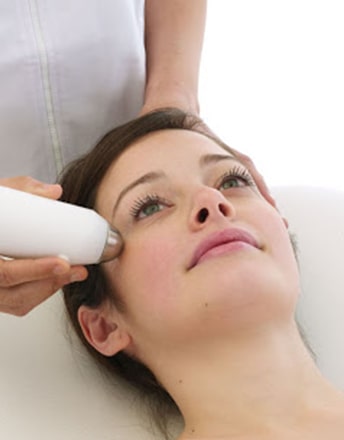Photorejuvenation is a procedure in which an energy-delivery device is used to improve the texture and tone of the skin by treating wrinkles, scars, and discoloration. Photorejuvenation falls into three main categories – mechanical, thermal and chemical. Mechanical methods consist of lasers; thermal includes thermage and chemical includes chemical peels.
Therefore, laser photo rejuvenation is the procedure that uses laser energy to revitalize the youthful appearance of skin by treating the damages caused by aging and environmental factors.
Outcomes
You may experience long-lasting and outstanding benefits from laser photo rejuvenation in Dubai. You will get a significant reduction in pigmentation, spider veins, flushing, and brown spots. Also, you will get rid of wrinkles and related aging signs as a result of this treatment. It is provides you with the best skincare and rejuvenated skin. In addition to it, you will get a boost in your confidence.
The procedural steps of laser photo rejuvenation treatment in Dubai are:
- Generally, laser photo rejuvenation does not require anesthesia as it is virtually a pain-free procedure, but numbing cream may be applied to assure the patient’s comfort.
- Then a handheld laser device is used to introduce laser beam of specific wavelength to the skin. Wavelength, power, and length of pulse duration are tailored according to the particular kind of skin problem.
- The heat of the laser beam removes the topmost damaged layer of the skin and stimulates the production of new skin cells and collagen. Collagen is an important protein naturally found in the skin to keep it smooth, healthy, and hydrated.
- The cooling device may also be used to minimize pain and discomfort.
Patients need to follow some post-procedure instructions to get successful results and avoid any complications . These instructions include:
- Apply ice packs to minimize the discomfort.
- Use a gentle cleanser and moisturizer to keep your skin clean and hydrated.
- Avoid exposing your skin to the sun.
The complications vary from one patient to another. Hence, some of the common risks include;
- Scabbing
- Crusting
- Blistering
- Bruising
- Scarring
- Slight bleeding
- Infection

